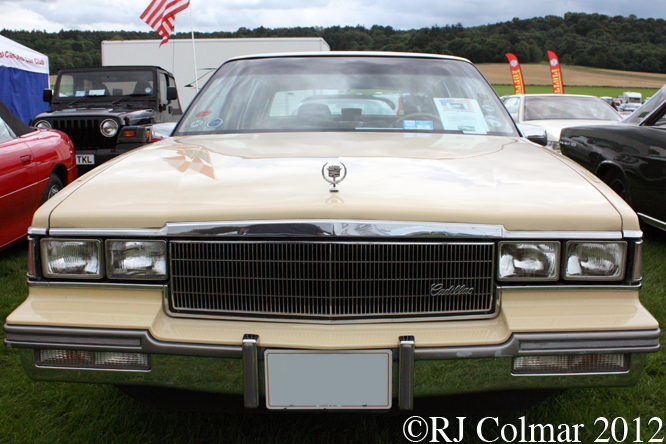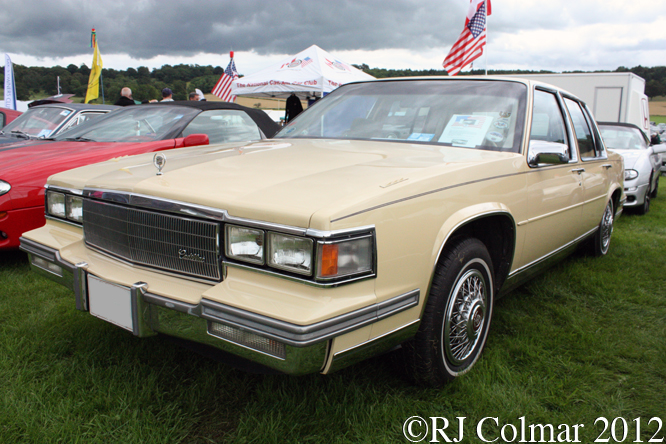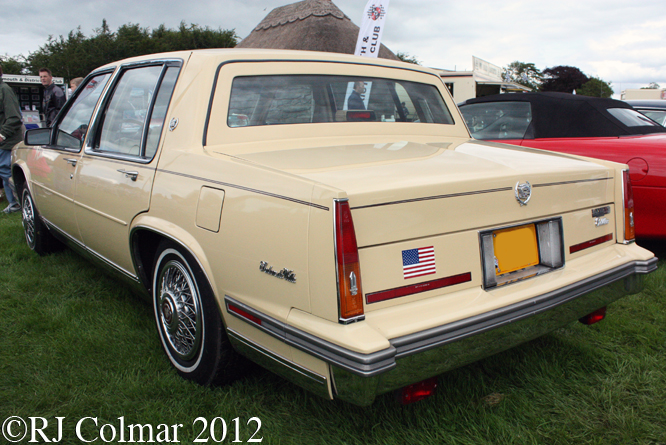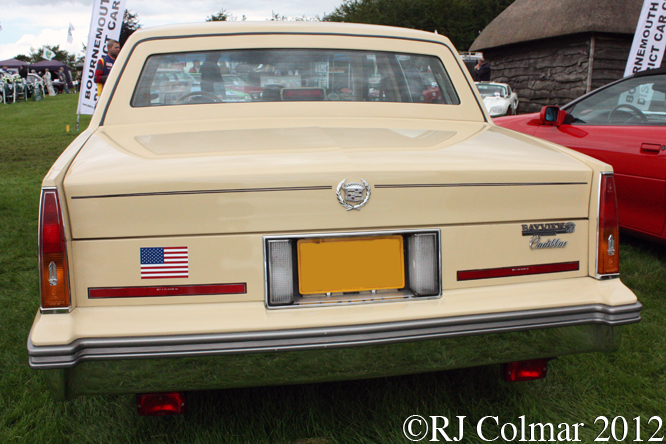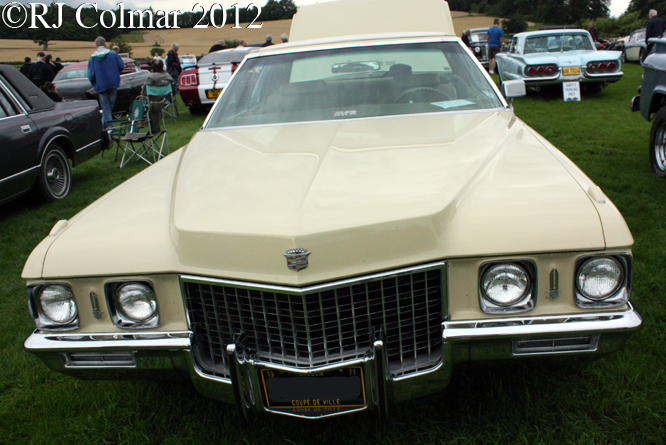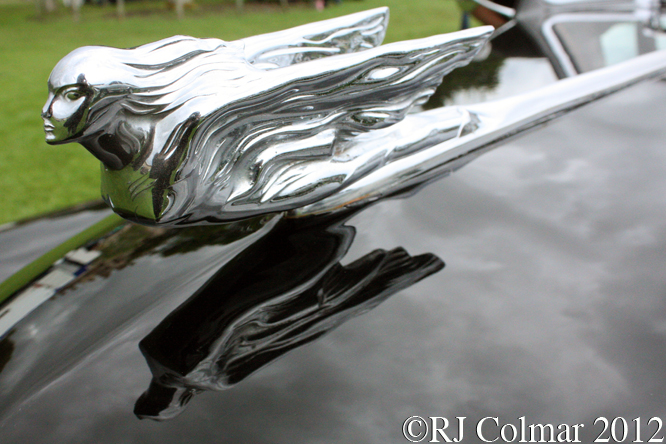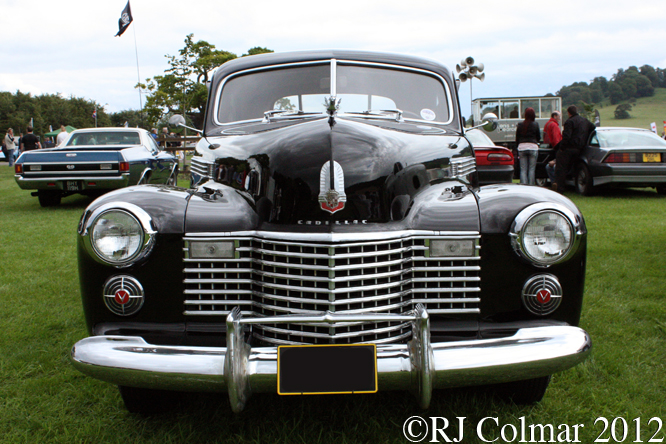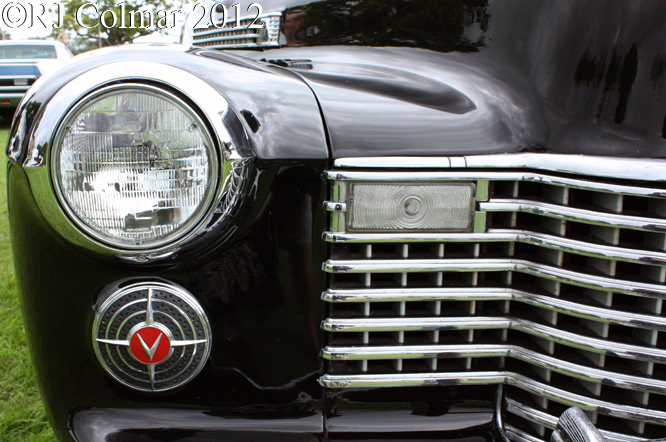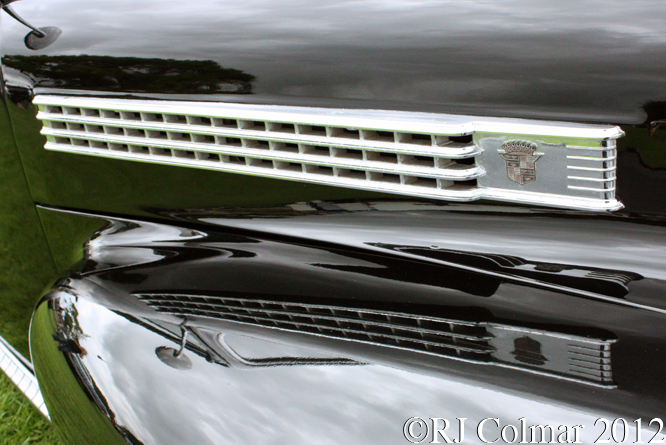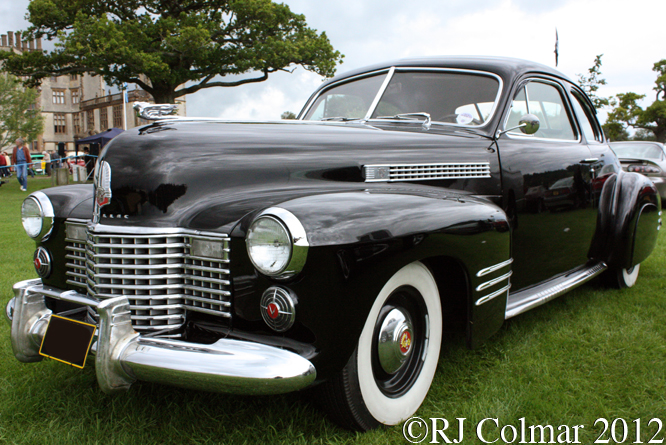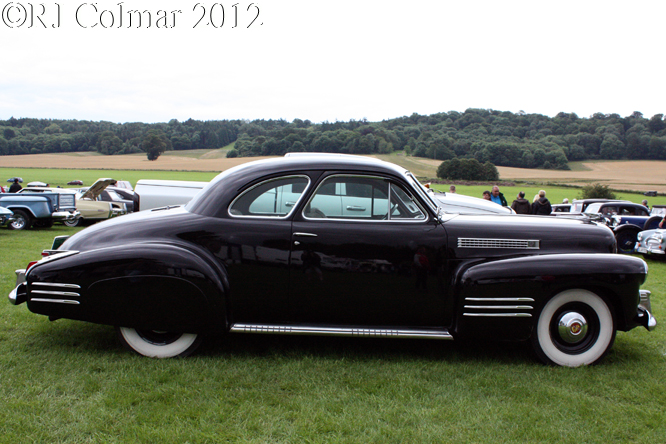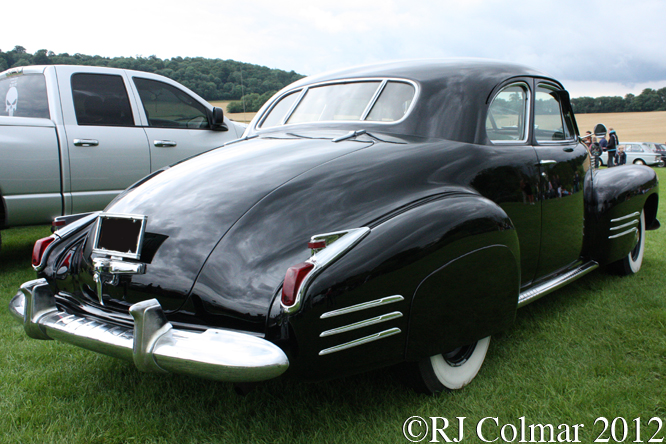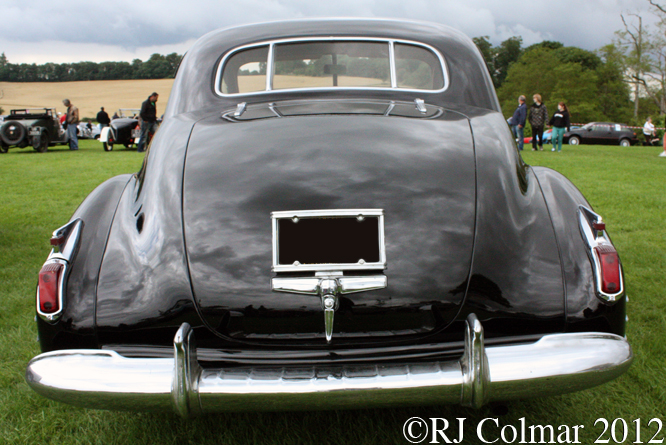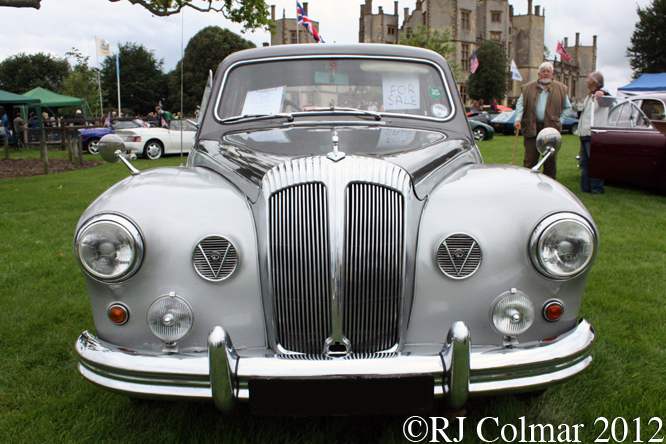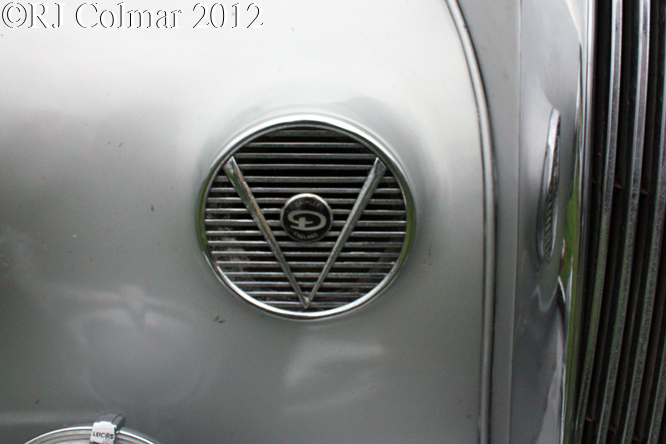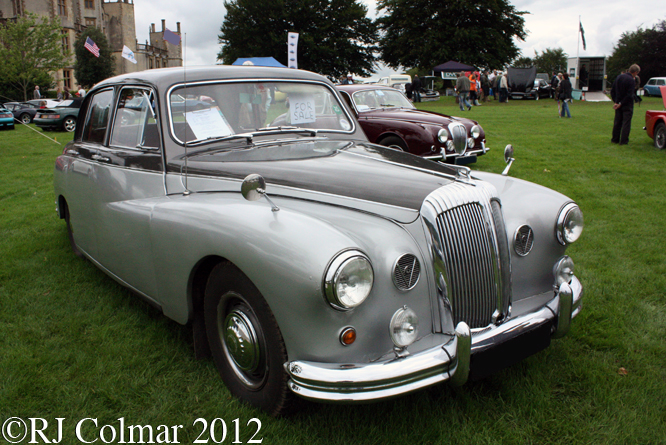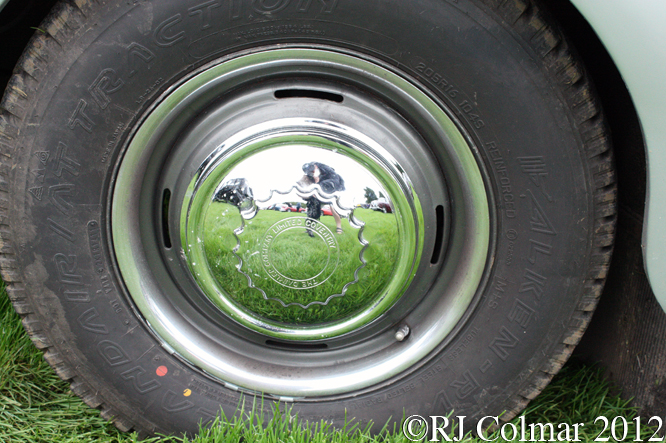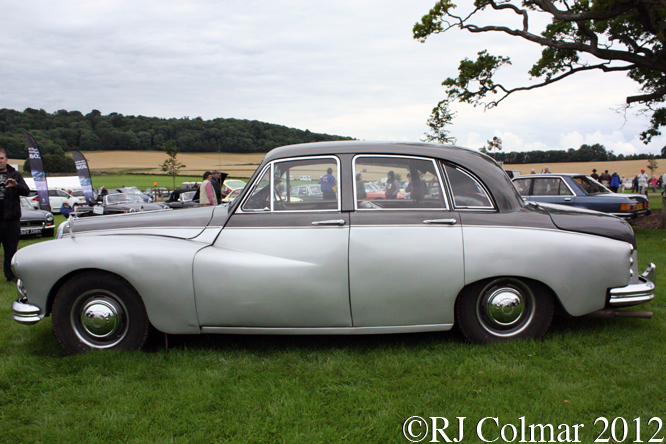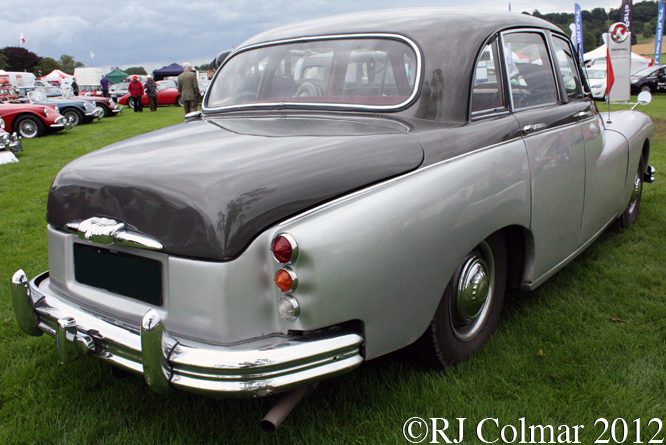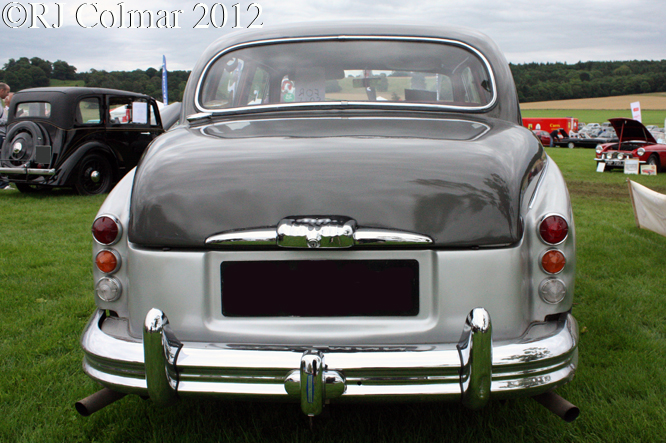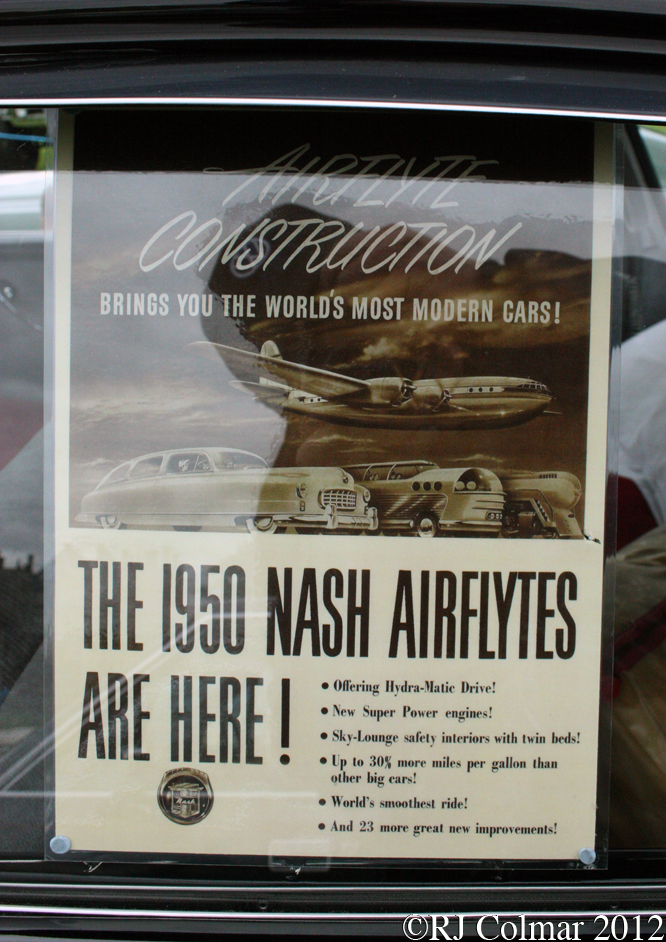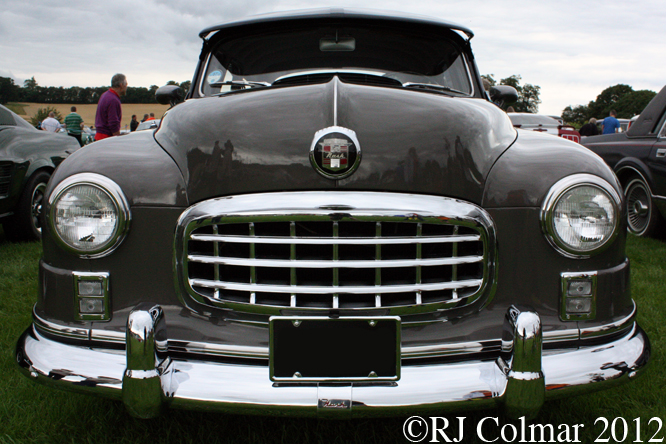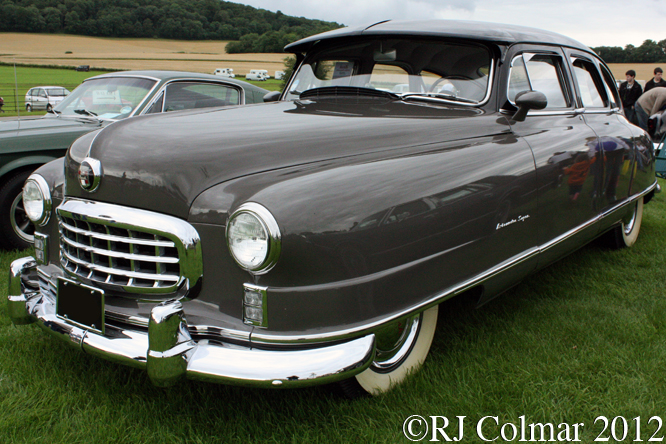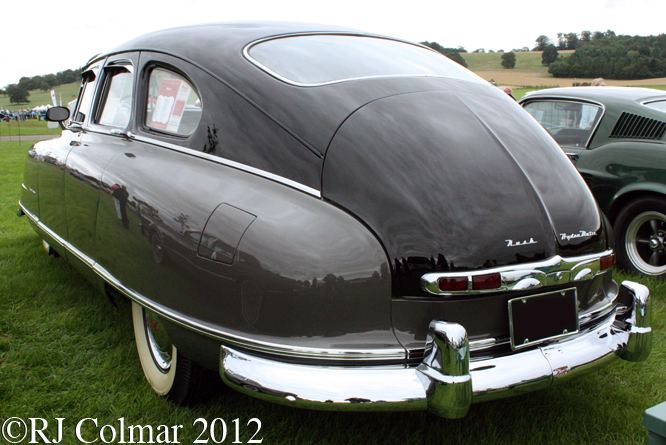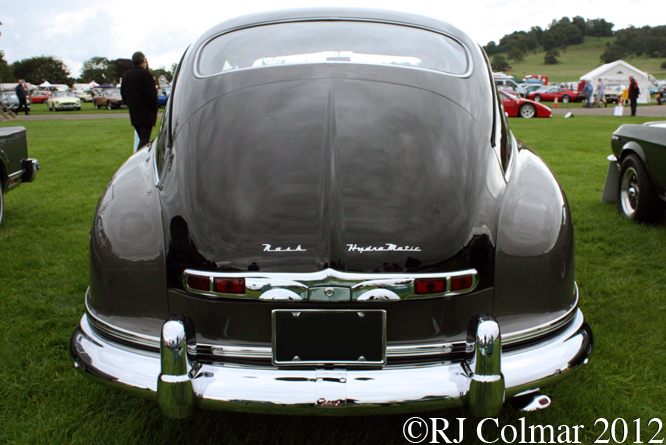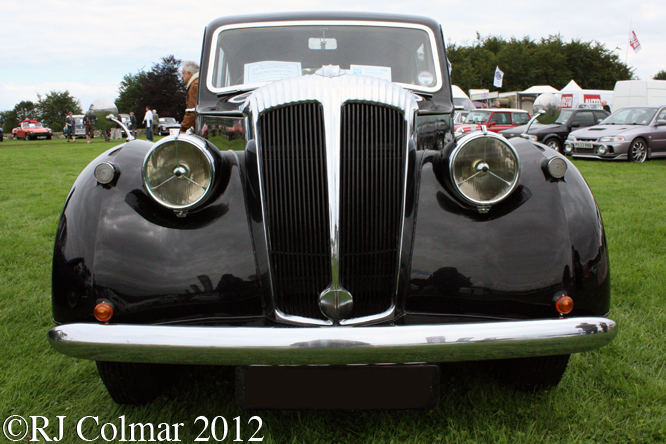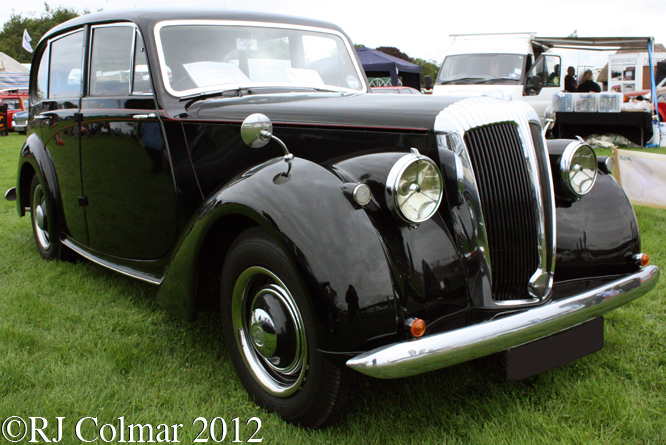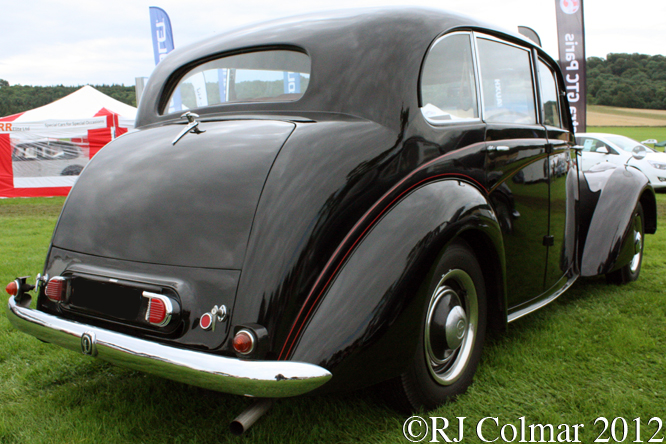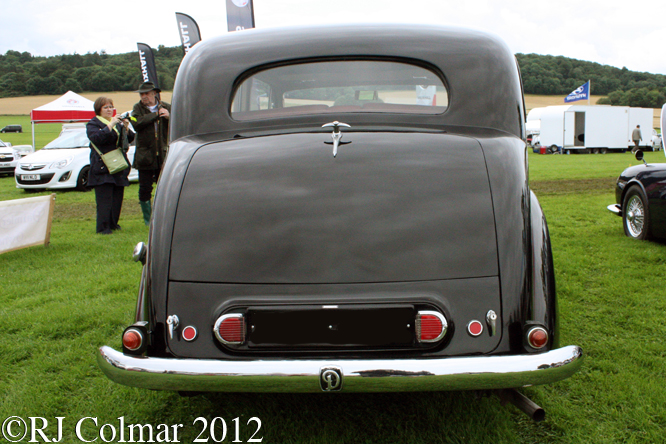1989 saw the phenomenally expensive 1200 – 1500 hp 1.5 litres / 91.5 cui turbo charged engines that had first been seen in Formula One racing in 1977 and that had come to dominate the sport by 1983 finally outlawed in 1989. New regulations mandating 3.5 litre / 213 cui motors were introduced for the 1989 season but Honda who had come to dominate the last years of the turbo era were about to dominate the opening years of the new normally aspirated era with a V10 motor that was simply more reliable and more powerful than the opposition.
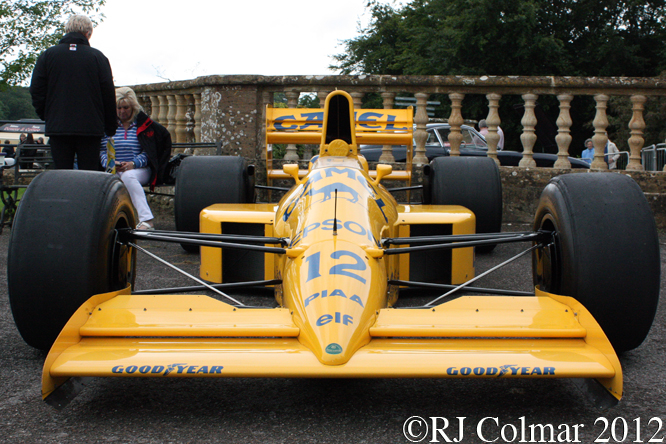
Team Lotus were on the upper slopes of steep decline in 1989 neither Nelson Piquet or Satoru Nakajima had offered the dominant McLaren’s with whom they shared an engine supplier in 1988 much by way of competition, and Lotus finished a poor 4th behind Ferrari and Benetton when their motors should have been good enough to finish second behind McLaren.
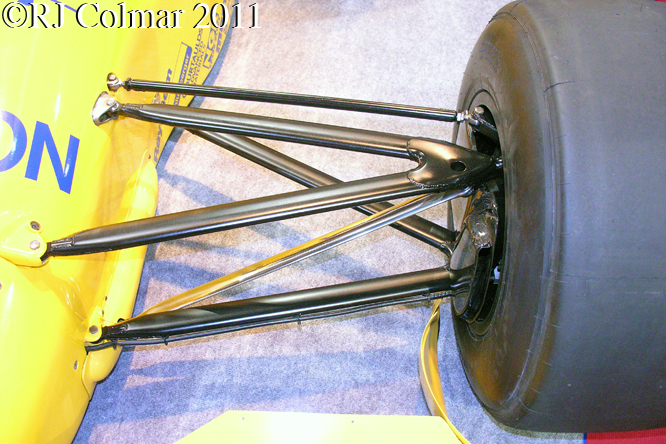
For 1989 Lotus lost their Honda deal and ended up with Judd V8 CV spec motors while Judd’s preferred customer March was on EV spec motors.
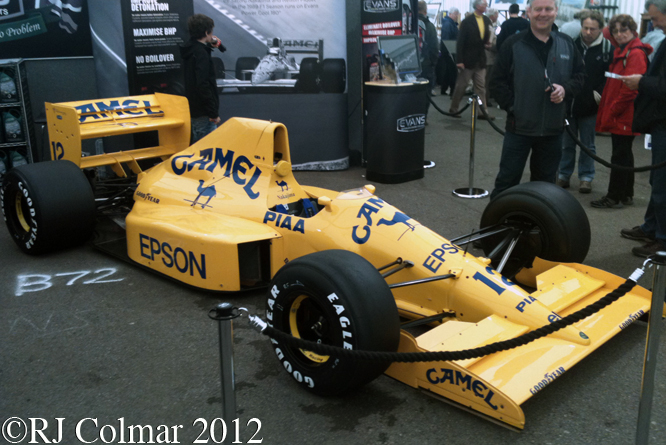
The 1989 Lotus 101 cars were designed by Frank Dernie a former Williams aerodynamicist Frank Dernie whom Nelson Piquet had persuaded to defect, though by the time Frank arrived much of the design had been completed by future short lived MWR, Micheal Waltrip Racing, design consultant Mike Coughlan.
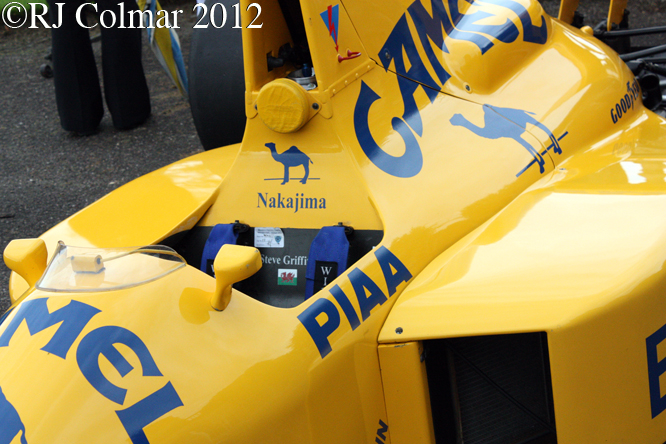
In order to save weight and seek aerodynamic advantage on their competitors the Lotus 101 cockpit was so narrow that Momo were commissioned to build ultra narrow steering wheels so that Nelson and Satoru did not scrape their knuckles on the cockpit sides.
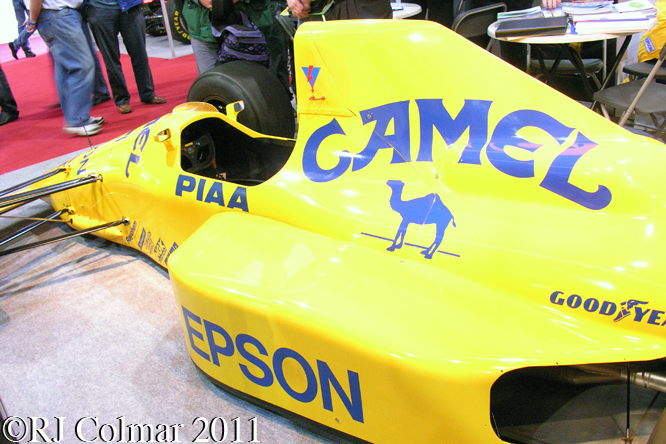
Lotus entered an agreement with Tickford to develop 5 valve per cylinder heads for their 2nd string Judd V8’s to make up some of the 125 hp the CV motors had on the most powerful Honda V10’s but the idea was eventually scrapped mid season.
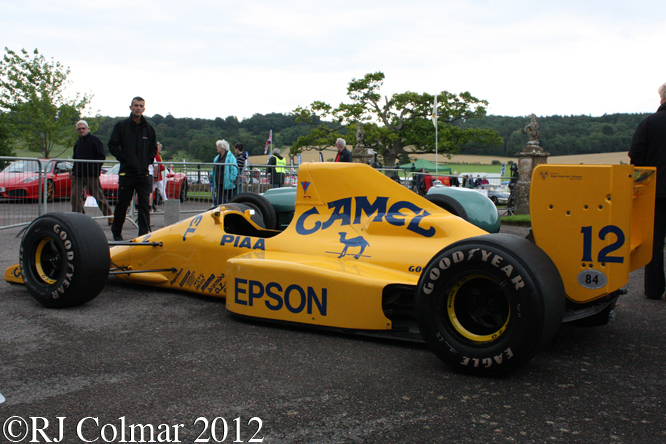
Team Lotus scored four seasons high 4th places 3 for Nelson and one for Satoru enough with two more points finishes for Nelson to secure 6th place for Team Lotus in the 1989 Championship.
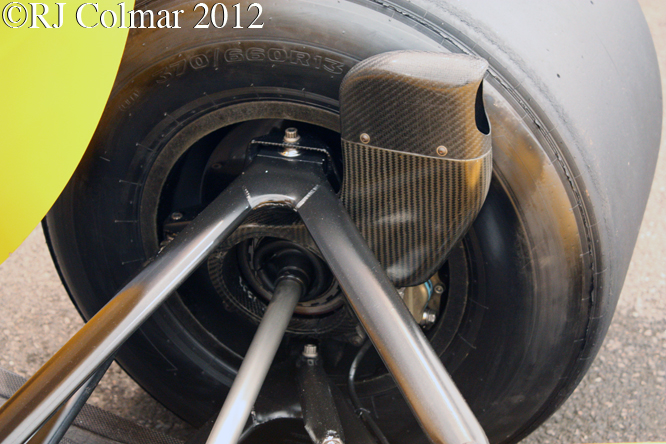
Possibly the most remarkable result for the team came at the season ends Australian Grand Prix in Adelaide where the race was run in monsoon conditions, only 8 of the 26 qualifiers were running at the races end and of them Satoru Nakajima came through from 23rd of the grid to finish 4th and final runner on the lead lap. In the process Satoru recorded the races fastest lap a feat he would never repeat.
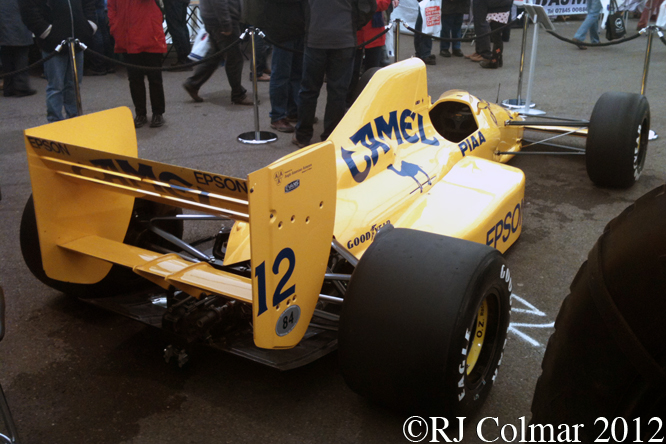
Although Lotus were running second string Judd CV engines they finished ahead, in championship points, of the other Judd users Brabham; March, and Euro Brun the latter who like Yamaha powered Zakspeed failed to even pre qualify for a single on of the seasons 16 races.
Thanks for joining me on this “Saturo’s Fastest Lap” edition of “Gettin’ a li’l psycho on tyres” I hope you will join me again tomorrow. Don’t forget to come back now !
